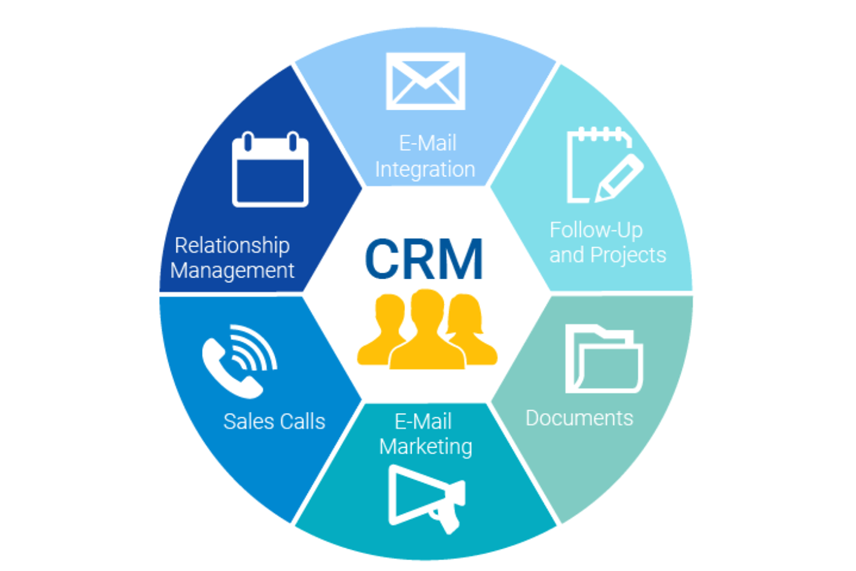- Address : P9FG+V4R, Shimutala, Matigara, Baniakhari
- /
- Email : splogos2022@gmail.com
- Home
- -Blogs Details
Blogs Details

- Jun 30,2024
- Admin
Churn Probability: Why Your CRM Alone Can’t Prevent Churn — And What to Do About It
CRMs are a foundational part of how SaaS companies manage customer relationships. They offer structure, visibility, and a single source of truth for account data. From deal history to contract renewal dates, they help teams stay organized and aligned around customer information. But when it comes to identifying—and actively preventing—churn, CRM systems can fall short.
Understanding whether a customer is at risk of churning requires more than a list of account owners or timestamps of recent emails. It requires insight into behavior. Specifically, it requires a clear picture of how that customer is engaging with your product. Without that layer, teams are often left relying on anecdotal signals or lagging indicators. And by the time a churn risk becomes obvious in your CRM, it’s often too late to change the outcome.




